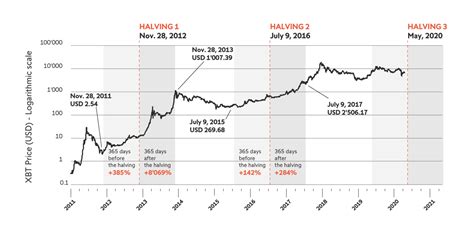The Elusive Bitcoin Transaction: What Percentage of Ethereum-Related Transactions Fail to Complete?
In the world of cryptocurrency, two popular platforms are at the forefront of innovation and adoption—Bitcoin (BTC) and Ethereum (ETH). While both networks have their own unique characteristics and use cases, they often overlap in complex ways. One aspect that may surprise even seasoned crypto enthusiasts is the percentage of transactions on Ethereum that never complete.
In this article, we’ll delve into the details behind these incomplete transactions and explore what’s driving the phenomenon.
The Bitcoin-ETH Intersection
Bitcoin (BTC) and Ethereum (ETH) are two separate blockchain platforms, each with their own distinct architecture and use cases. While they share some similarities in terms of transaction processing and data storage, their underlying protocols and consensus mechanisms differ significantly.
Bitcoin is a decentralized, open-source cryptocurrency that uses a Proof-of-Work (PoW) consensus algorithm to secure its network. Ethereum, on the other hand, is a decentralized, programmable blockchain that uses a Proof-of-Activity (PoA) consensus algorithm.
The Unconfirmed Transaction Phenomenon
Occasionally, transactions will be broadcast to the Bitcoin network without being confirmed by miners or validators. This can happen for several reasons:
- High transaction volumes

: If there are many high-value transactions on a particular node or block, they can take a while to process and verify.
- Network congestion: During periods of high network activity, the network’s transaction processing capacity may be exceeded, which can lead to incomplete transactions.
- Verification Overhead: The PoA consensus algorithm can introduce additional verification steps that can lead to incomplete transactions if not executed correctly.
Similarly, on Ethereum, certain scenarios can cause transactions to remain unconfirmed:
- Smart Contract Delay: If a smart contract is deployed and takes some time to execute, it may not be considered complete until the contract execution timestamp exceeds the block time.
- Gas Consumption: The gas consumption required for a transaction can vary depending on the specific use case and network conditions. If the total gas consumption does not reach a minimum threshold, some transactions may remain unconfirmed.
- Network Congestion
: Similar to Bitcoin, Ethereum’s PoA consensus algorithm can also lead to incomplete transactions due to high network activity.
What causes these incomplete transactions?
Several factors contribute to incomplete transactions on both platforms:
- Network Latency: The time it takes for data to be transmitted and processed across the network affects the speed at which a transaction can be completed.
- Validation Complexity: As mentioned above, Ethereum’s PoA consensus algorithm can introduce additional validation steps that can delay or fail some transactions.
- Gas Efficiency: Gas consumption plays a significant role in determining whether a transaction is considered complete.
Conclusion
The phenomenon of incomplete Bitcoin and Ethereum transactions highlights the complexities and trade-offs inherent in their respective architectures. While both platforms are crucial to the decentralized cryptocurrency ecosystem, understanding these issues can help developers, miners, and users optimize network performance, reduce congestion, and improve the overall user experience.
As cryptocurrency adoption continues to grow, it is imperative to address these challenges and develop more efficient consensus mechanisms that minimize transaction delays and ensure a smoother user experience.
Để lại một bình luận